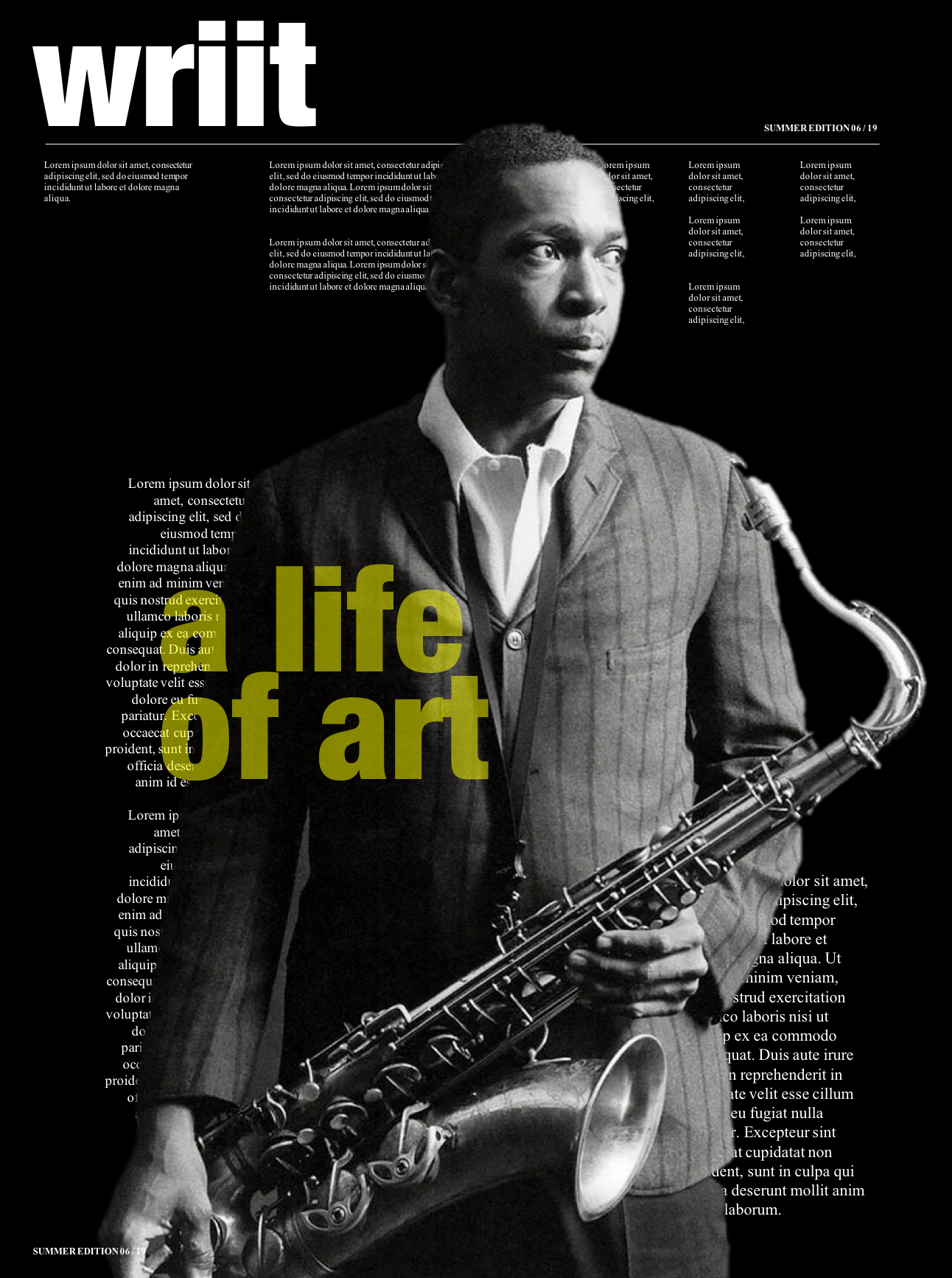Fashion entrepreneur Andy Spade is known for bringing a retro-chic sensibility to the clients he advises through his Partners & Spade branding studio. But fans got a rare look at his personal style and decorating choices this winter when he consigned dozens of artworks and collectibles from his recently sold Long Island home through the virtual auction house Paddle8. By the time the sale closed in early February, the startup had sold everything from a Jean-Michel Basquiat drawing (valued at $50,000) to a six-foot-tall stuffed giraffe ($200 to $300).
The sale was a triumph for Paddle8 cofounder Alexander Gilkes, who first floated the idea when he ran into Spade at a dinner at Tory Burch’s New York apartment. Gilkes, a former Phillips auctioneer and Old Etonian with a penchant for tweed jackets, launched the auction house in 2011 with cofounders Osman Khan and Aditya Julka. Their audience: the rising tide of affluent millennials just beginning to build art collections. While have-not millennials living at home and paying off student loans capture headlines, research firm FutureCast reports that there are 6.2 million millennial households in the U.S. earning $100,000 or more each year. “Today you’re buying a $1,000 print,” says Khan. “Over the next few years, hopefully you grow with us and you’re the purchaser of a million-dollar work.”
The key to unlocking the potential of these customers: providing them with inspiration and guidance to start their own collections. In addition to hosting theme-based sales, Paddle8 courts novice buyers by asking prominent figures in the worlds of art, entertainment, and fashion to curate auctions. Some of these tastemakers, including Spade and the writer–bon vivant Bob Colacello, list pieces from their own collections. Others coordinate with Paddle8 specialists to source work by their favorite artists. Such was the case when Vogue‘s Grace Coddington curated an auction of prints—all nudes—by photographers such as Mario Testino and Annie Leibovitz. Ellen DeGeneres opted for items from her collection, as well as pieces that inspired her line of home decor. “We’re big believers that people can learn to collect through the eyes of great collectors,” Gilkes says.
This strategy helped Paddle8 sell about $70 million worth of art last year—double its 2014 total. That puts its 2015 revenue in the ballpark of $20 million, based on the commission fees it charges the buyer (20%) and the seller (8%). The momentum persuaded investors, including artist Damien Hirst and gallerist David Zwirner, to pour $34 million into the company last year. “Our gutsy view of the world is that with time, there will be three auction houses: two serving the upper end of the market and Paddle8, serving the middle market,” says Gilkes, in a nod to auction giants Christie’s and Sotheby’s.
That may be optimistic, considering the established auction houses are increasingly entering Paddle8’s medium of online sales—and, with it, that coveted middle ground. “The things you could buy at Sotheby’s are surprisingly accessible,” says David Goodman, Sotheby’s head of digital development and marketing. After joining the company last summer, he spearheaded a series of online-only sales hosted by eBay. The sold-out auction of Star Wars memorabilia (which included hundreds of action figurines and a 42-inch-tall Chewbacca toy) attracted 400 new bidders. Christie’s, for its part, has Christie’s Live, a platform for participating virtually in a live auction, and expects to host more than 80 online-only sales this year.
One difference between buying a Luke Skywalker figurine from Sotheby’s and, say, the Darth Vader Companion by KAWS on Paddle8 is how the items are verified and shipped. Paddle8 uses photographs and documentation to verify items remotely, then ships directly from consignor to buyer. Specialists at Sotheby’s and Christie’s, even for online sales, confirm the authenticity of all works in person. “That’s what differentiates us, that peace of mind,” says John Auerbach, managing director for e-commerce at Christie’s.
Gilkes stands by the Paddle8 model, which he says enables lower fees. The company employs specialists to virtually authenticate every item; if records are missing or concerns remain, Paddle8 arranges for an in-person inspection. Once the company owns the rights to sell a piece, it can execute the transaction in a matter of weeks. “There are fewer pain points: We’re not printing a catalog or setting up an exhibition, so we’re able to move more nimbly,” says Kate Brambilla, a Christie’s veteran who now manages Paddle8’s collector-driven auctions.
“I think there’s a deep-seated interest to see how people live with art and objects, to see how somebody pairs a contemporary work of art with an antique desk accessory,” she says. “There’s an appetite for that—not only seeing into these collectors’ personal lives but also how you can bring it into your own home.” Ikea shelving optional.
